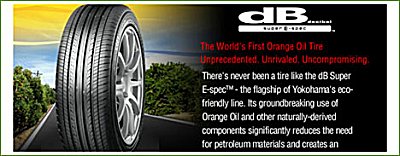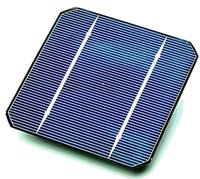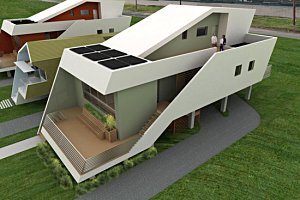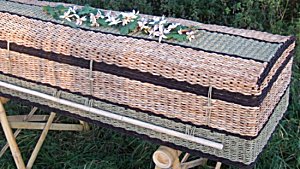Friday, July 10, 2009, 05:44 PM
Posted by Administrator
Posted by Administrator

This may sound odd, and it is. We are used to tires being made from rubber and petroleum based ingredients. The rubber will still be part of the recipe, but the petroleum will be replaced with other renewable ingredients like Orange Oil.
The great news is that we will probably have access to these in the near future.
From the article:
- Yokohama is now selling a model made with 80 percent non-petroleum material, substituting orange oil as the primary ingredient to make vulcanized rubber.
The new tire is called the Super E-spec (tm) and has already received the Popular Mechanics Editor's Choice Award in 2008. Yokohama will initially market the tire for hybrid car models such as the Toyota Prius.
"The eco-focused dB Super E-spec mixes sustainable orange oil and natural rubber to drastically cut the use of petroleum, without compromising performance," Yokohama vice president of sales Dan King said. "It also helps consumers save money at the gas pump by improving fuel efficiency via a 20-percent reduction in rolling resistance." -
For more information click the related link below.





 Calendar
Calendar




